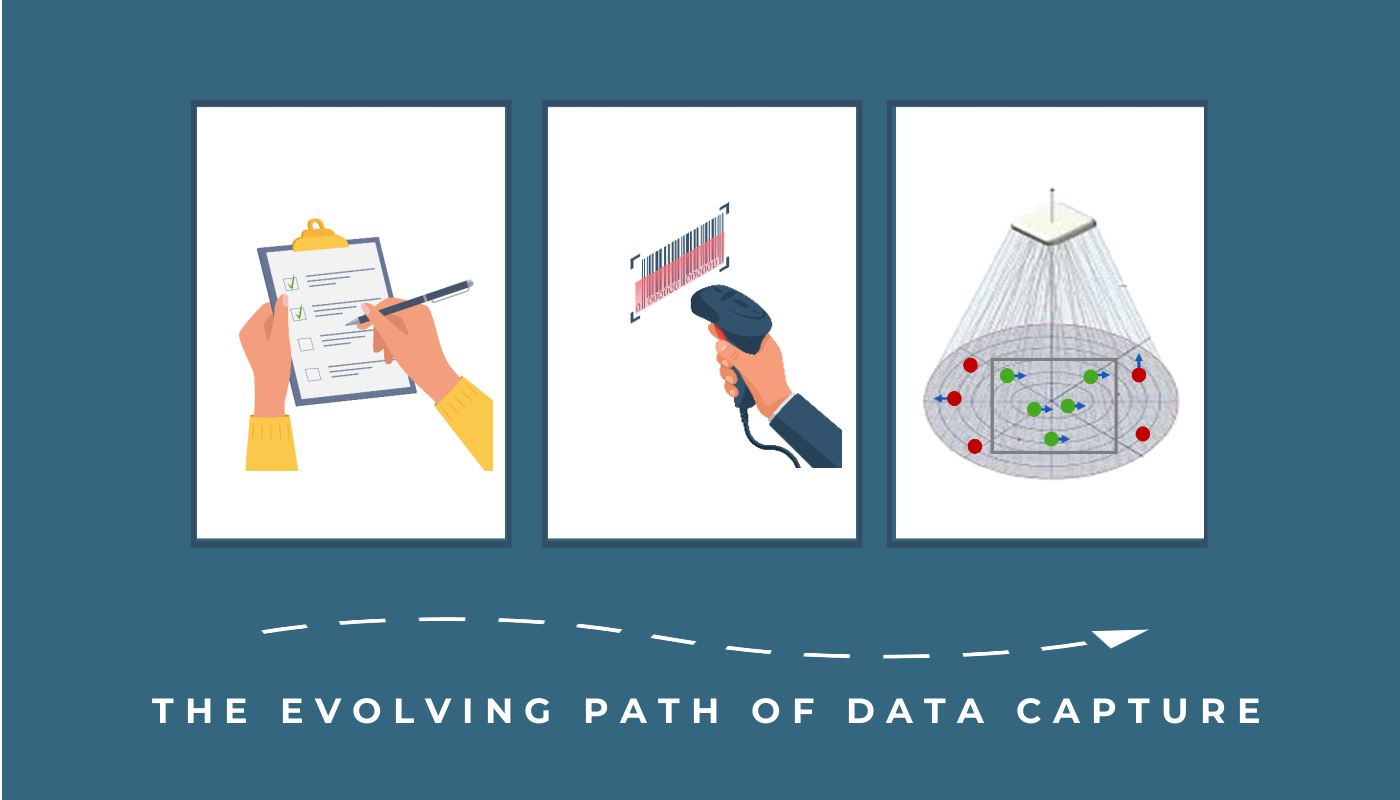Last week we talked about AI and the importance of quality data. As we’ve been experiencing the larger rollout of AI tools, it reminded me of the path RFID took to get to where it is today.
RFID – Then
Twenty years ago, there was a common belief that RFID could locate everything in a building automatically – or at least on demand. The reality was that there was a lot of work that needed to be done upfront to get efficient data collection – not to mention the financial investment.
Like RFID of the early 2000s, AI has been around for a bit, but it is just now coming into the public conscience (exploding, really). And just like those early days of RFID, it feels like everyone is jumping onto the AI bandwagon – and simultaneously fearing its presence.
RFID – Now
Most of the RFID fears people held (replacing employees, Big Brother is watching, etc.) didn’t come to fruition. What did happen was that once (properly) implemented, RFID streamlined data collection and tracking for key assets, among other things, and freed up staff to do more important tasks.
Today, RFID comes in many shapes and sizes to suit your specific organizational requirements – and its reliability as a capture option with directed outcomes has never been higher.
RFID – As a Quality Source
If you’ve done anything with AI, I’m sure you’ve learned that the usefulness of output relies on the quality of the data and information and its sourcing. Enter the growing art of Chat Prompts.
RFID is all about the quality sourcing of data – and it can play a vital role in the capture, filtering, and publishing of the data you need.
Over recent years, there have been advances in RFID that make it more viable and cost-effective today:
- Mobile – While RFID has been available on mobile devices for a while, these days, you don’t have to invest in dedicated, RFID-only devices. Today’s mobile RFID enables you to leverage existing mobile investments, like phones and tablets – all of which come with a lower price point.
- Portals – The original portals were finicky, expensive, and could only tell you when a tag was there – not what direction it was coming or going. Now, this fixed capture option can use a single reader that both reads and provides tag travel direction – all wiith a device that installs easily, quickly, and within your existing infrastructure.
- Applications – The early days of RFID capture required custom programs to harvest and make sense of the data capture. These days, there are pre-configured applications that make use of RFID technology out of the box with minimal effort. These allow you to introduce and expand its use into your organization without impacting your existing systems of record.
You don’t have to choose just mobile or just portals, either. Both offer benefits.
Mobile devices provide the benefits of bulk capture and use in multiple locations, and Portals enable capture without any labor resources. You can leverage either option – or a mixture of both depending on your situation.
RFID solutions can improve our organizations by capturing, organizing, and offering large amounts of high-quality data with limited human management. In addition to the improved information for decisions, it is an excellent answer to some of the labor challenges many of us have today.
RFID & mobilePLUS
Our mobilePLUS inventory solution is focused on assets and unique item management – and supports native RFID. While we’re flexible in working with any back-end host options, mobilePLUS is pre-integrated with Workday, PeopleSoft, ServiceNow, BMC, and DPAS for a rapid implementation option.
AI has some exciting (and scary) opportunities for all of us. A lot of people felt that way about RFID many years ago. But it has evolved into a powerful – and affordable – technology that can truly complement many operations.
The fact that today it is easier, more capable, and less expensive definitely makes it an option worth considering.




